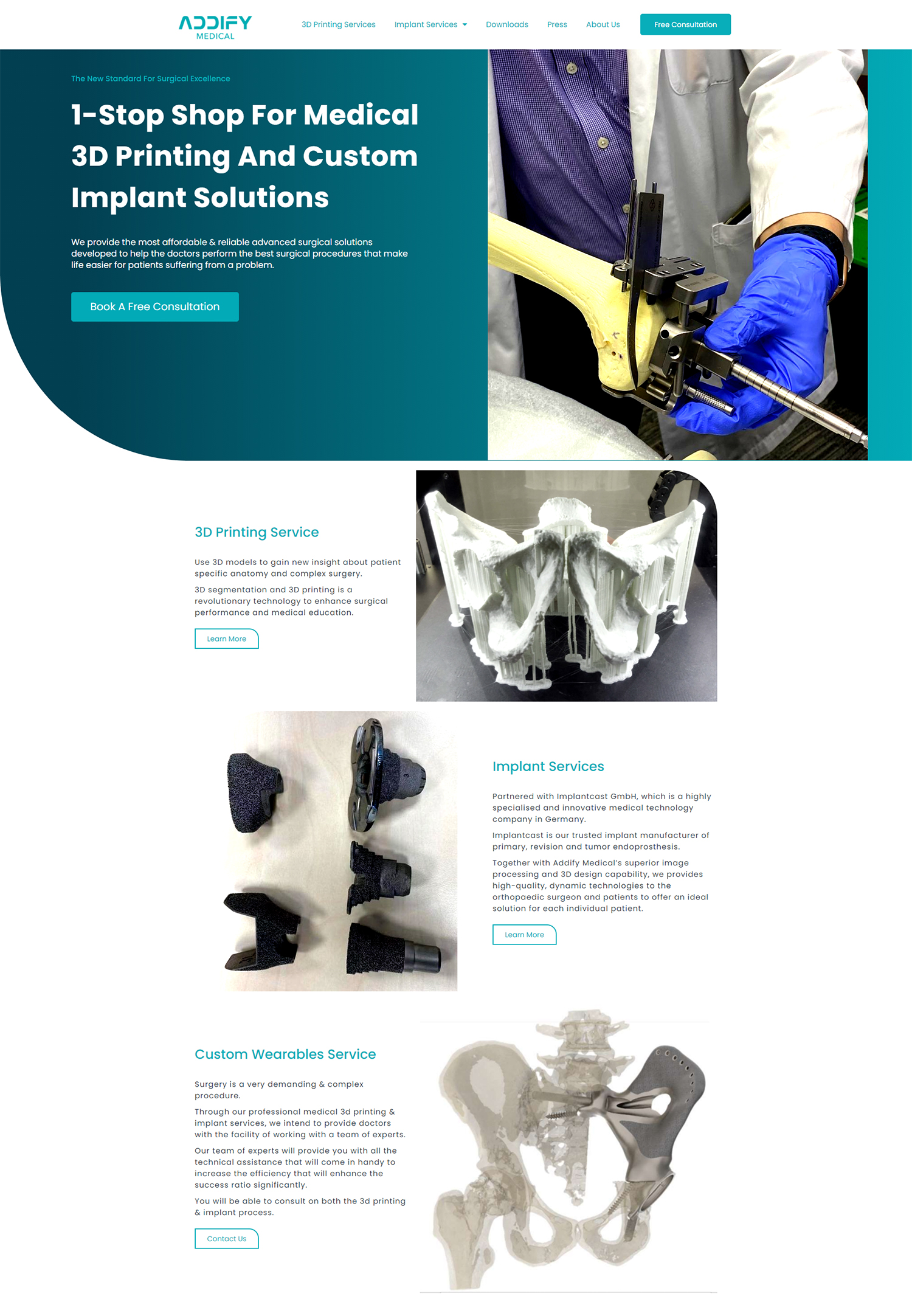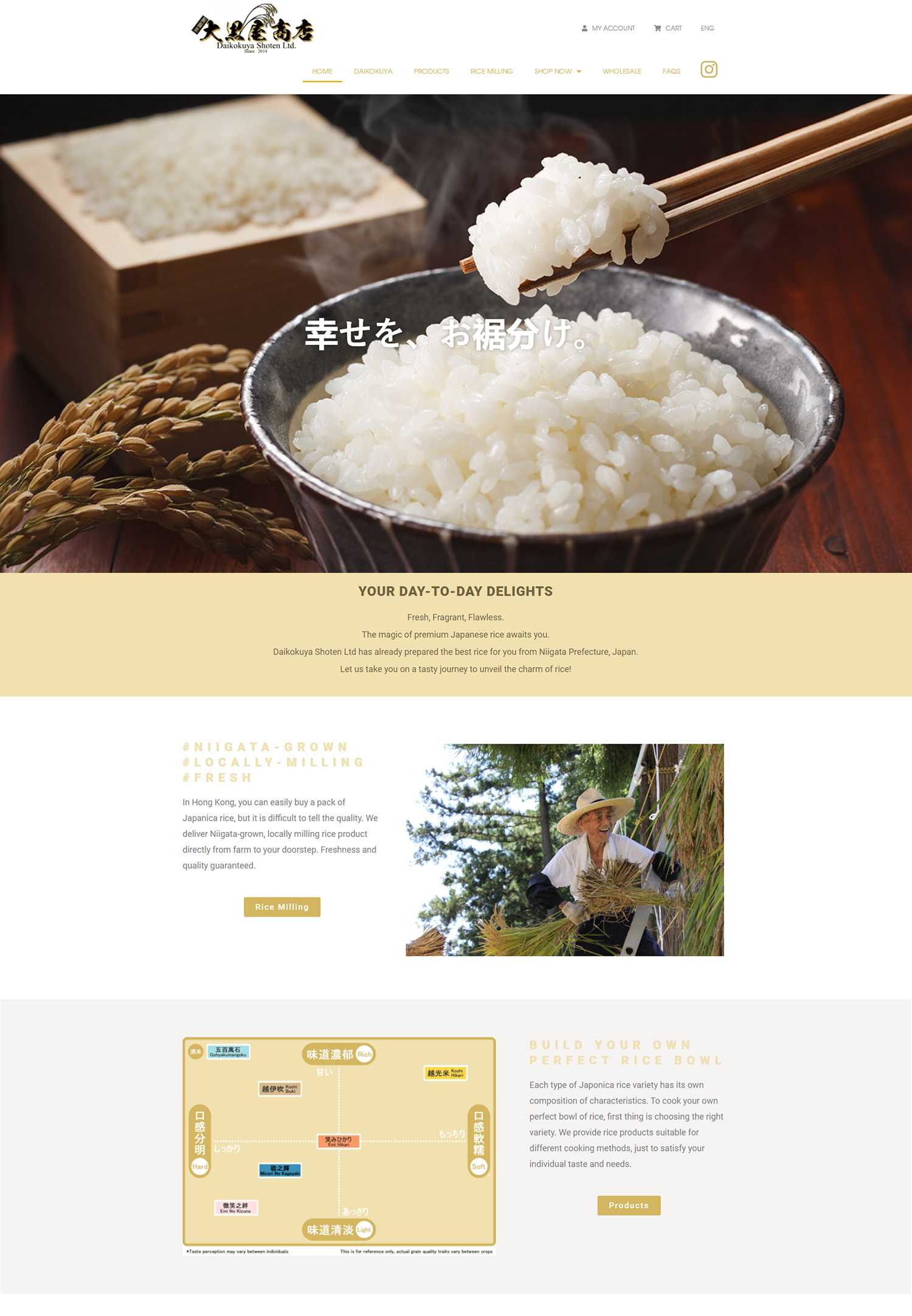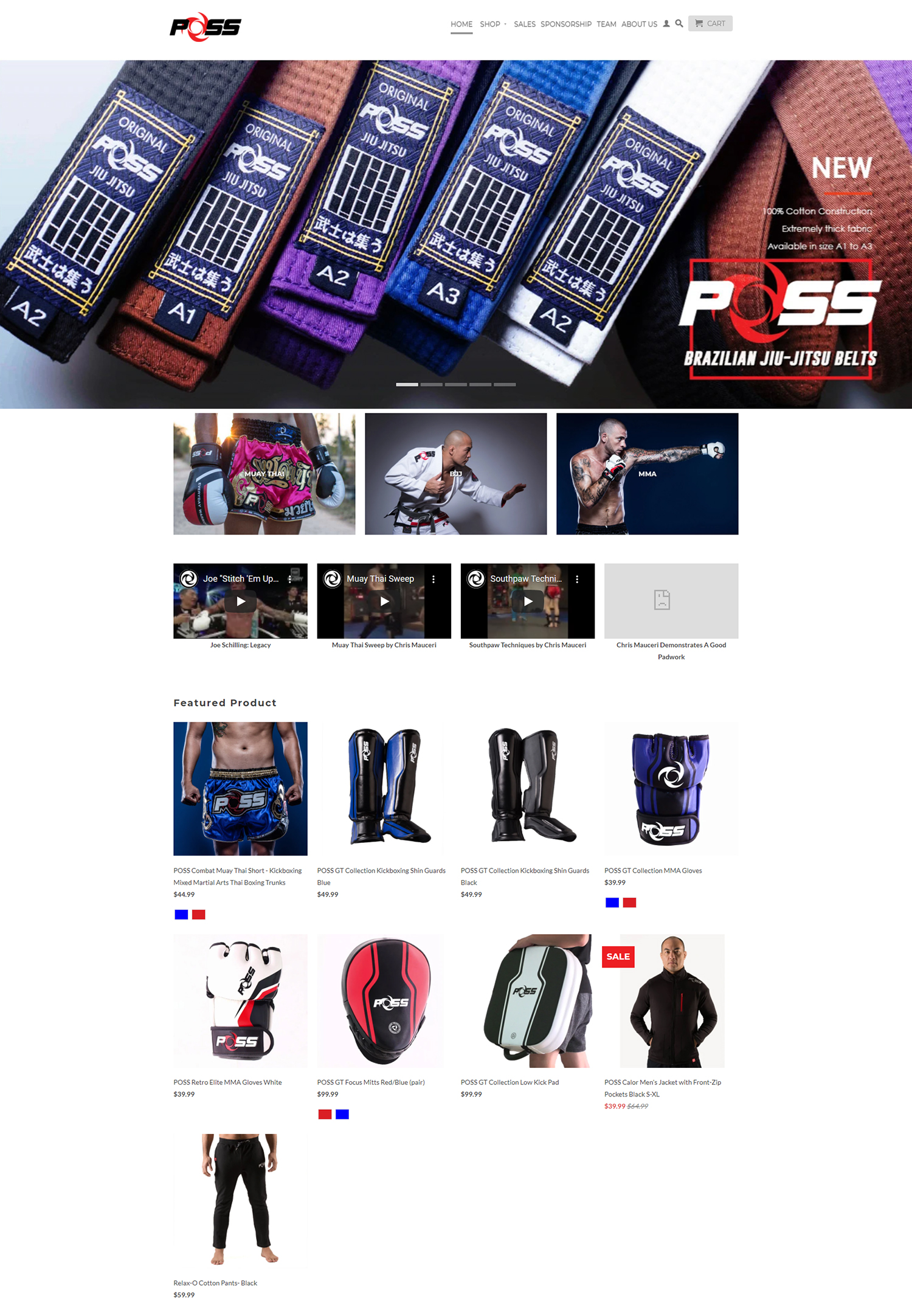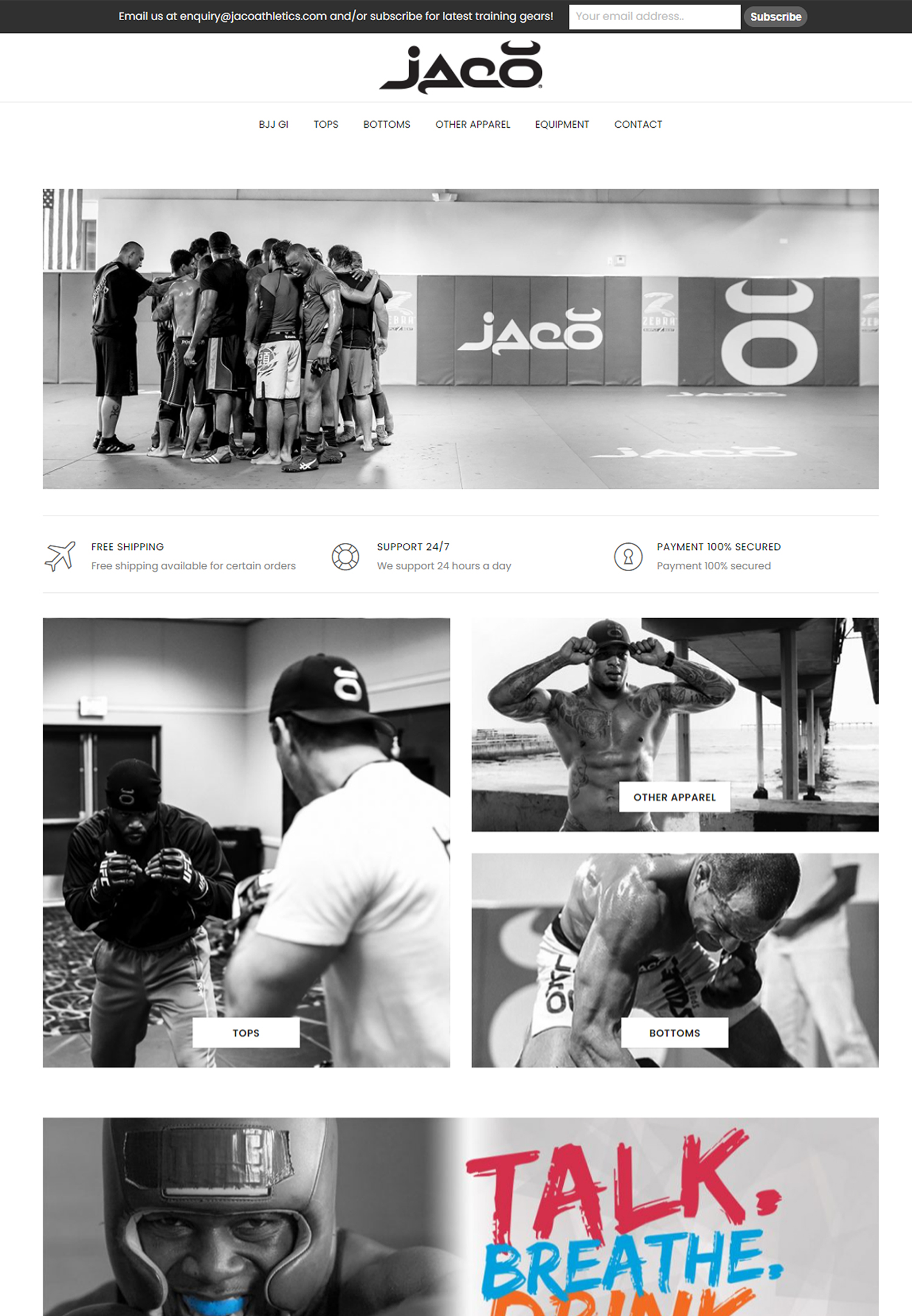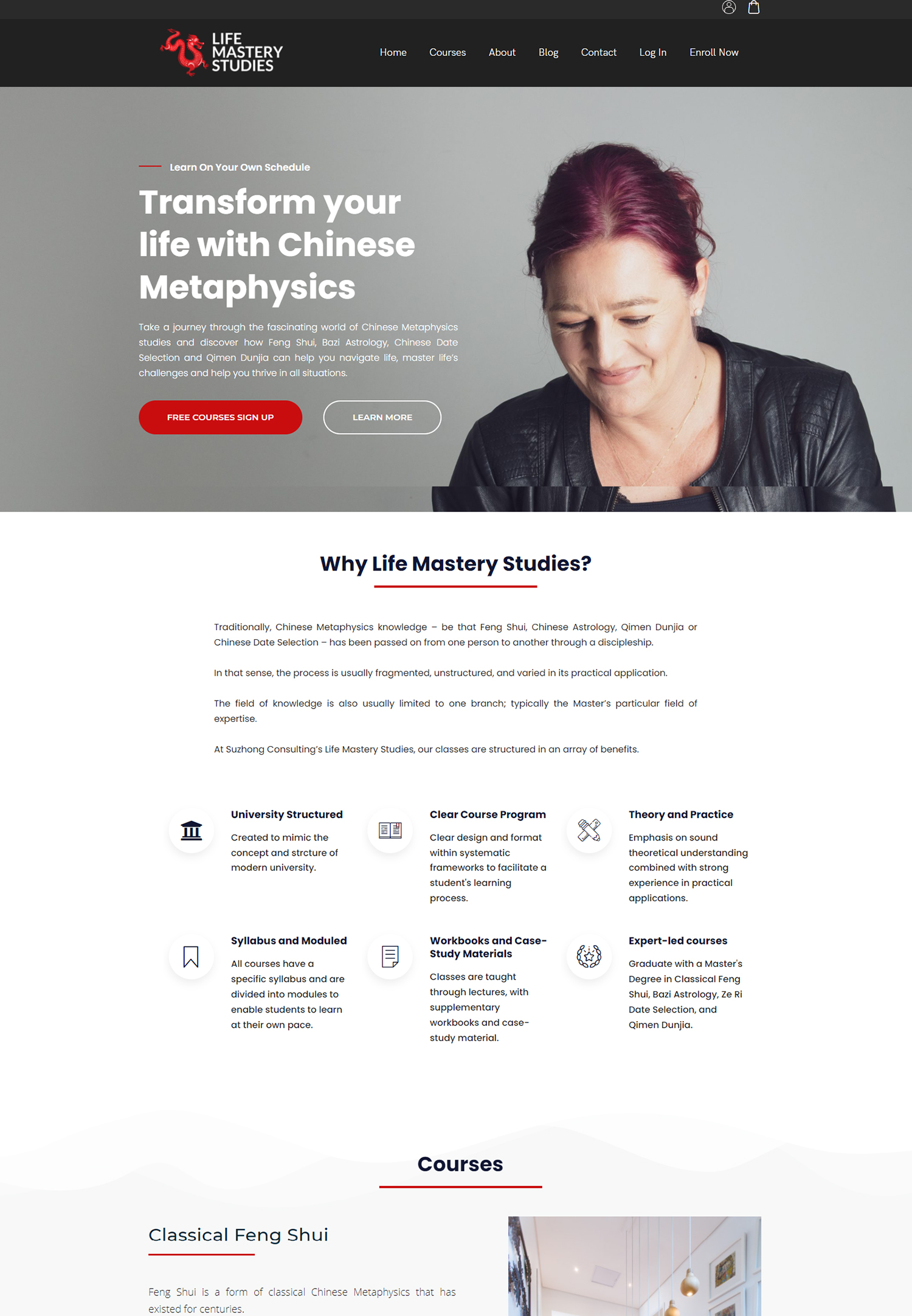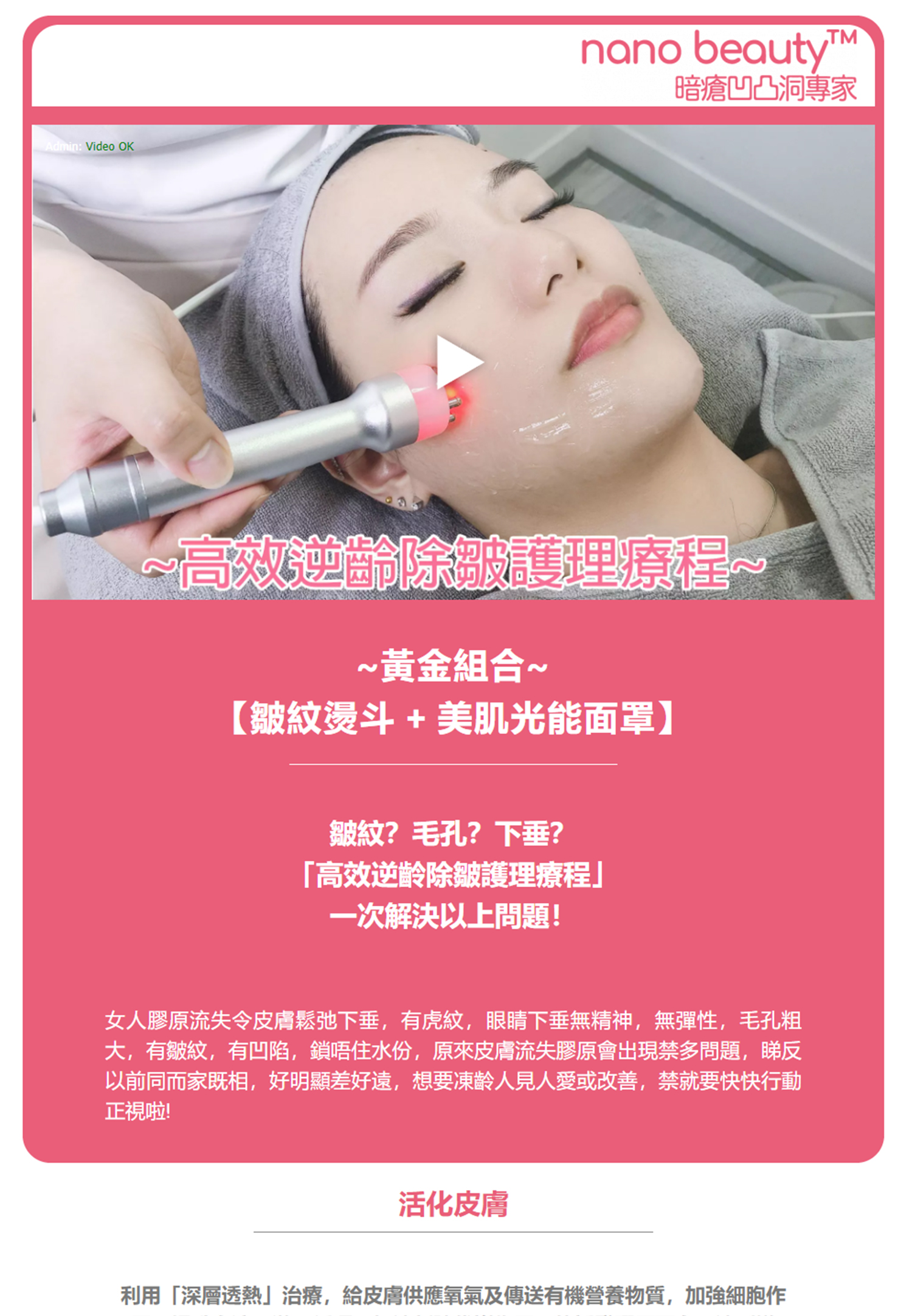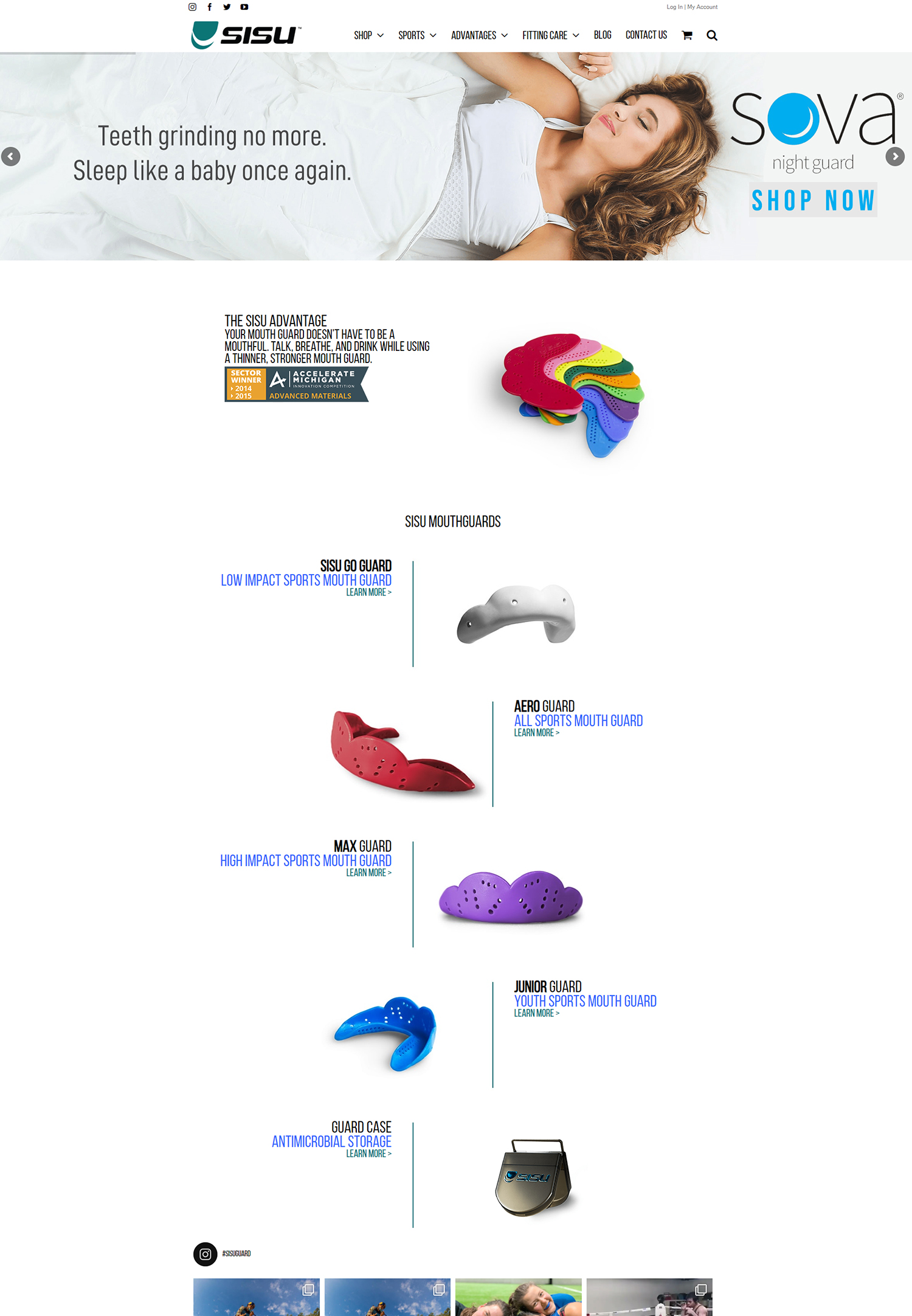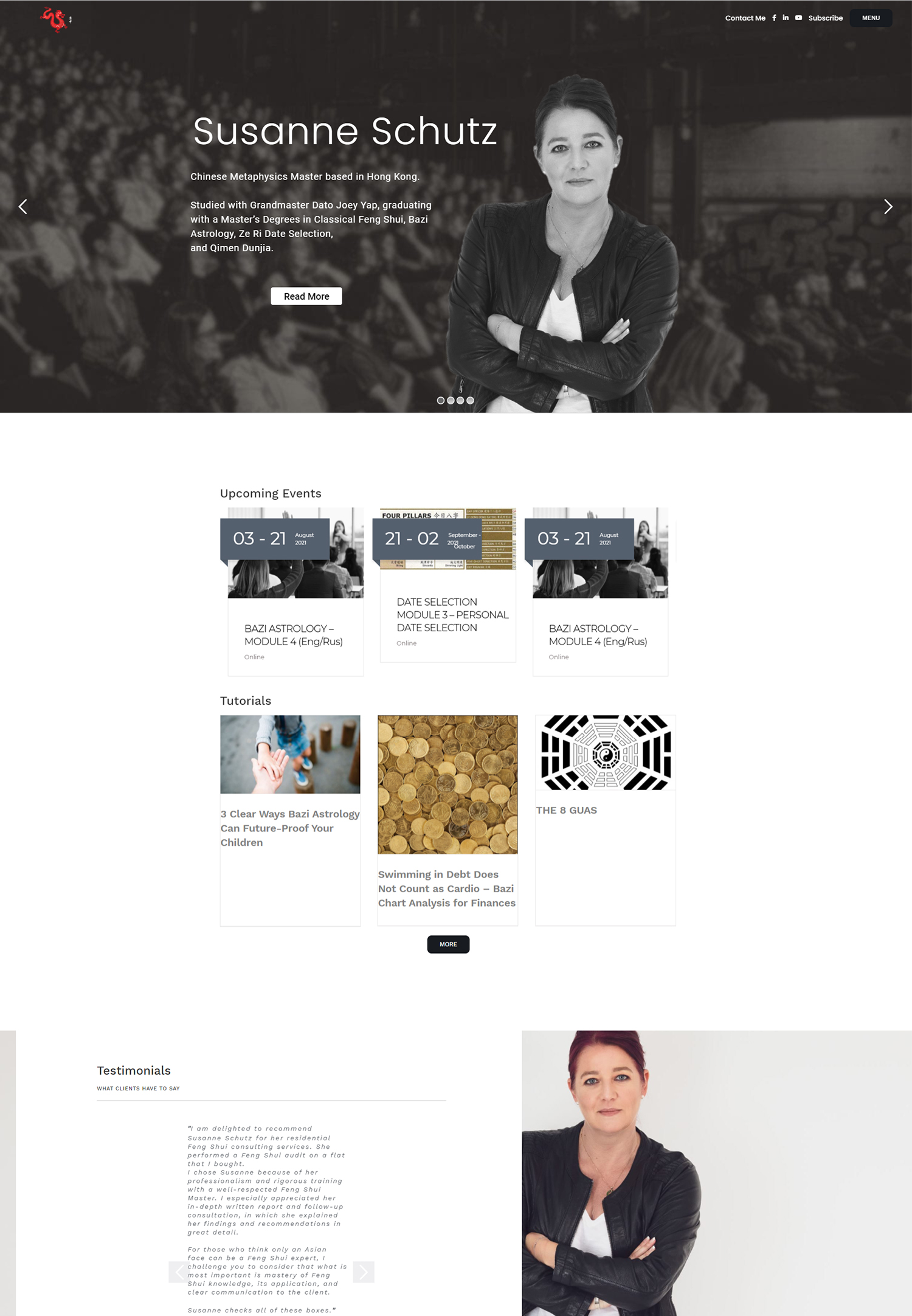In the world of digital advertising, Google Ads is a powerful tool that allows businesses to reach their target audience and drive conversions. However, simply running ads on Google is not enough to guarantee success. The ad copy, or the text that appears in your ads, plays a crucial role in attracting potential customers and driving them to take action. In this article, we will explore the importance of ad copy in Google Ads and provide tips for crafting effective and persuasive copy that drives conversions.
Understanding the Importance of Ad Copy in Google Ads
Ad copy is the first impression that potential customers have of your business when they see your ads on Google. It is the text that appears in your ads and it has a direct impact on the performance of your ads. A well-crafted ad copy can attract the attention of potential customers, convey your unique selling points, and persuade them to click on your ad and take action.
The ad copy also plays a crucial role in determining the quality score of your ads. Quality score is a metric used by Google to determine the relevance and quality of your ads. A higher quality score can lead to lower costs per click and higher ad rankings. By crafting compelling ad copy that is relevant to your target audience and incorporates relevant keywords, you can improve your quality score and increase the performance of your ads.
Identifying Your Target Audience for Effective Ad Copy
Understanding your target audience is essential for crafting effective ad copy that resonates with them. By knowing who your ideal customers are, you can tailor your messaging to their needs, preferences, and pain points. This will make your ads more relevant and compelling, increasing the chances of attracting potential customers.
To identify your target audience, start by analyzing your existing customer base. Look for common characteristics such as demographics, interests, behaviors, and pain points. You can also conduct market research or use tools like Google Analytics to gain insights into your website visitors. Once you have a clear understanding of your target audience, you can craft ad copy that speaks directly to them and addresses their specific needs and desires.
Crafting Attention-Grabbing Headlines for Google Ads
The headline is the first thing that potential customers see when they come across your ads on Google. It is the most important part of your ad copy as it determines whether or not someone will click on your ad. A compelling headline can grab the attention of potential customers and entice them to learn more about your business.
To craft attention-grabbing headlines, consider using strong and persuasive language. Use action verbs and power words that evoke emotion and create a sense of urgency. Incorporate numbers or statistics to make your headline more specific and credible. You can also try using questions or statements that challenge common beliefs or assumptions. Experiment with different headline variations and test them to see which ones perform best.
Writing Persuasive Ad Copy that Drives Conversions
Persuasive ad copy is essential for driving conversions and getting potential customers to take action. It should clearly communicate the value proposition of your product or service and convince potential customers that they need what you are offering.
To write persuasive ad copy, focus on the benefits rather than the features of your product or service. Highlight how it can solve a problem or fulfill a desire for your target audience. Use social proof, such as testimonials or reviews, to build trust and credibility. Create a sense of urgency by incorporating limited-time offers or exclusive deals. Finally, include a strong call-to-action that tells potential customers exactly what you want them to do, whether it’s making a purchase, signing up for a newsletter, or requesting more information.
Utilizing Emotional Triggers in Google Ads
Emotional triggers are powerful tools for capturing the attention and interest of potential customers. By appealing to their emotions, you can create a connection with them and make your ad copy more memorable and persuasive.
To incorporate emotional triggers in your ad copy, consider the desires, fears, and aspirations of your target audience. Use language that evokes emotions such as joy, fear, excitement, or curiosity. Tell a story that resonates with your audience and makes them feel understood. Use imagery or metaphors that create a visual representation of the emotions you want to evoke. By tapping into the emotions of your target audience, you can create a stronger connection and increase the chances of driving conversions.
Incorporating Keywords for Relevance and Quality Score
Keywords are an essential component of ad copy as they determine the relevance of your ads to the search queries of potential customers. By incorporating relevant keywords in your ad copy, you can increase the chances of your ads appearing in relevant search results and attract potential customers who are actively searching for what you offer.
To incorporate keywords effectively, start by conducting keyword research to identify the most relevant and high-performing keywords for your business. Use these keywords strategically in your ad copy, including in the headline, description, and display URL. However, be careful not to overuse keywords or make your ad copy sound unnatural. Focus on creating a seamless and compelling message that incorporates keywords in a natural and relevant way.
Highlighting Unique Selling Points in Ad Copy
Highlighting your unique selling points is crucial for differentiating your business from competitors and convincing potential customers to choose you over others. Your unique selling points are the qualities or features that set you apart from the competition and make you the best choice for potential customers.
To identify and highlight your unique selling points, start by analyzing your competitors and understanding what they offer. Look for gaps or areas where you excel that they do not. Consider what makes your product or service unique, whether it’s superior quality, innovative features, exceptional customer service, or competitive pricing. Once you have identified your unique selling points, incorporate them into your ad copy to communicate the value and benefits of choosing your business.
Formatting Ad Copy for Readability and Engagement
Formatting your ad copy for readability and engagement is essential for capturing the attention of potential customers and keeping them engaged with your message. A well-formatted ad copy is easier to read, understand, and remember.
To format your ad copy effectively, consider using bullet points or numbered lists to break up the text and make it more scannable. Use short paragraphs or sentences to make it easier to read on mobile devices. Incorporate bold or italicized text to highlight important information or key selling points. Use white space strategically to create a clean and organized layout. Finally, make sure your ad copy is free from spelling or grammatical errors as they can undermine the credibility of your business.
Testing and Optimizing Ad Copy for Maximum Performance
Testing and optimizing your ad copy is essential for maximizing the performance of your ads and driving better results. By continuously testing different variations of your ad copy, you can identify what works best for your target audience and make data-driven decisions to improve your ads.
To test your ad copy effectively, start by creating multiple variations of your ads with different headlines, descriptions, or calls-to-action. Run these variations simultaneously and track their performance using Google Ads analytics. Pay attention to metrics such as click-through rate, conversion rate, and cost per conversion to determine which variations are performing best. Once you have identified the winning variation, use it as a benchmark for future testing and optimization.
Staying Up-to-Date with Google Ads Best Practices and Guidelines
Staying up-to-date with Google Ads best practices and guidelines is crucial for maintaining the performance of your ads and staying ahead of the competition. Google regularly updates its algorithms and policies, so it’s important to stay informed about any changes that may impact your ad campaigns.
To stay up-to-date with Google Ads best practices and guidelines, regularly check the Google Ads Help Center and the Google Ads blog for updates and announcements. Join online communities or forums where you can connect with other advertisers and share insights and tips. Attend webinars or training sessions offered by Google or other industry experts to learn about the latest trends and strategies. By staying informed and adapting your ad copy accordingly, you can ensure that your ads continue to perform at their best.
In conclusion, ad copy plays a crucial role in the success of your Google Ads campaigns. It impacts the performance of your ads, attracts potential customers, and drives conversions. By understanding your target audience, crafting attention-grabbing headlines, writing persuasive ad copy, incorporating emotional triggers, utilizing keywords, highlighting unique selling points, formatting for readability and engagement, testing and optimizing, and staying up-to-date with best practices and guidelines, you can create effective ad copy that drives results. Take the time to invest in your ad copy and continuously improve it to maximize the performance of your Google Ads campaigns.
If you’re looking to create compelling ad copy for your Google Ads, you may also be interested in learning about the importance of web design in e-learning. A well-designed e-learning platform can enhance user experience and engagement, leading to better results. Check out this article on populisdigital.com to discover how effective web design can make a difference in your e-learning initiatives.
FAQs
What is Google Ads?
Google Ads is an online advertising platform developed by Google, where advertisers pay to display brief advertisements, service offerings, product listings, video content, and generate mobile application installs within the Google ad network to web users.
What is ad copy?
Ad copy is the text that appears in an advertisement, which is designed to persuade people to take a specific action, such as clicking on a link, making a purchase, or signing up for a service.
Why is compelling ad copy important for Google Ads?
Compelling ad copy is important for Google Ads because it helps to attract the attention of potential customers and persuade them to take action. Effective ad copy can increase click-through rates, improve conversion rates, and ultimately drive more sales and revenue for businesses.
What are some tips for creating compelling ad copy for Google Ads?
Some tips for creating compelling ad copy for Google Ads include focusing on the benefits of the product or service, using attention-grabbing headlines, including a clear call-to-action, using emotional language, and testing different variations of ad copy to see what works best.
How can I measure the effectiveness of my ad copy?
You can measure the effectiveness of your ad copy by tracking metrics such as click-through rates, conversion rates, and cost-per-click. Google Ads also provides tools such as A/B testing and ad performance reports to help you optimize your ad copy and improve your results.






